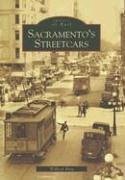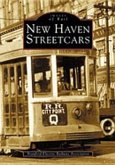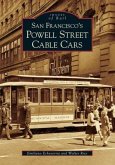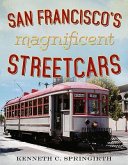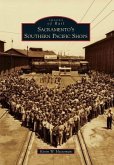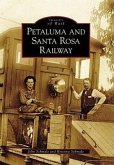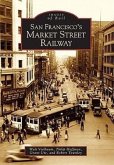Until 1947, Sacramento's streetcars linked a bustling downtown district with residential neighborhoods, workplaces, and a growing series of suburbs. Starting with horse-drawn cars on Front Street, the streetcar system owned by the Pacific Gas and Electric Company expanded to include Midtown, Curtis Park, Land Park, Oak Park, and East Sacramento. But PG&E was not alone; two other companies ran streetcar routes downtown, along with suburban lines to West Sacramento, North Sacramento, Rio Linda, Elverta, Colonial Heights, and Colonial Acres. Sacramentans rode the cars to work, to school, to the state fair, and just about anywhere they wanted to go until the streetcars were replaced by buses owned by National City Lines.
Hinweis: Dieser Artikel kann nur an eine deutsche Lieferadresse ausgeliefert werden.
Hinweis: Dieser Artikel kann nur an eine deutsche Lieferadresse ausgeliefert werden.

